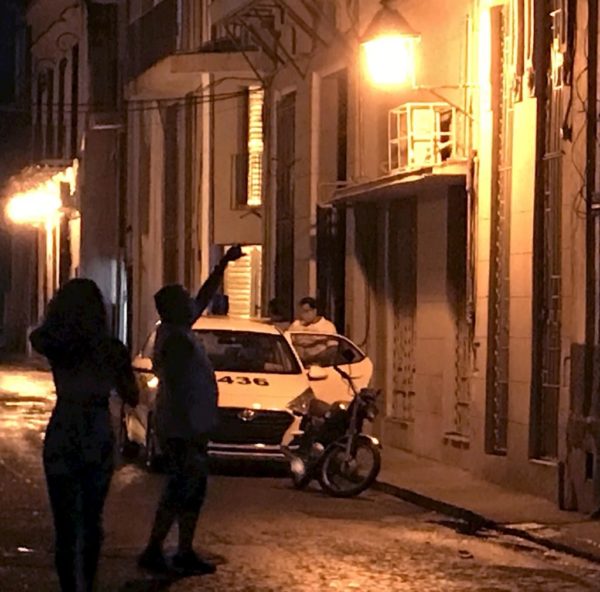Dialogues and Monologues in Cuba

The conflict being vented in Havana is incomprehensible without the frustration left by the past constitutional process.
By Rafael Rojas (Confidencial)
HAVANA TIMES – On November 27, hundreds of young Cuban artists and intellectuals held a sit-in for over twelve hours outside the Ministry of Culture. The initial objective was to protest against the police raid on the San Isidro Movement headquarters the night before. Several of its members, who were on hunger and thirst strike for almost a week, were arrested.
For days, that group of artists and intellectuals urged cultural institutions- the National Union of Writers and Artists of Cuba (UNEAC), Casa de las Américas and Ministry of Culture- to open a dialogue channel with San Isidro Movement to avoid any of the strikers´s death. Those institutions ignored these demands.
Unable to disperse the demonstration, the Ministry agreed to speak with 30 representatives. On the official side, a Vice Minister, two UNEAC and Hermanos Saíz Association Vice Presidents, and two museums Directors. On the protesters´ side, members of San Isidro Movement, Hannah Arendt Institute of Artivism (INSTAR) and various communities of filmmakers, artists, writers and playwrights.
Additionally, film director Fernando Perez and Actor Jorge Perogurría also participated. So, it was a group with different levels of relationship with State institutions. Some with a solid bond; others, relatively autonomous; and others, from the growing independent art movement in Cuban culture.
The topics of the debate were also diverse. Review of rapper Denis Solís’s imprisonment for “contempt”. Guarantees for independent spaces, cessation of political repression, and an end of official disqualification. However, all revolved around the obstacles to freedom of association and expression in Cuba.
The lead-up to the current conflict
The conflict taking place in Havana is incomprehensible without the frustration caused by the last constitutional process. The result was an unfinished 2019 legislation. Also, without the discontent decrees 349 and 373, limiting creative freedoms in visual arts and independent cinema, provoked in young creators.
During the following days, the dialogue was deafened by the usual monologue and government actions. This included television programs, calls for rallies, statements by the President and Foreign Minister and a notable official media offensive. All of this designed to distort the meaning of the protest and the dialogue on November 27.
According to the hegemonic narrative, what happened in the Ministry of Culture was not a peaceful and civic young peoples’ demand for certain public liberties. It was rather a “media show” and a “soft coup from Donald Trump.”
The monologue superimposed the dialogue. Nonetheless, for a few hours, we saw the face of a critical youth that wants their country’s democratization without sacrificing sovereignty.





